Hemp fiber fabric is one of the long-established textile materials other than cotton fiber. Hemp fiber has been favored by the general public because of its unique performance. There are many varieties of hemp plants, which are widely used in the industry. There are linen, rain, hemp, ramie, etc., with the progress of science and technology, hemp is also blended with other fibers in order to facilitate the comprehensive advantages of the fiber, to provide more comfortable fabrics. Cotton, linen and linen are blended hemp fabrics.
Hemp fiber types:
Flax: An annual herb. The fiber of linen is hailed as "the queen of natural fibers " . The linen fabric has health functions such as good hygienic performance, fast moisture absorption and heat dissipation, breathable and smooth, comfortable body feeling, cool in winter and cool in summer, elimination of static electricity, anti-pollution and anti-dust. Flax characteristics: cool, sweat-absorbent, non-sticky, antibacterial, breathable, non-static, natural fiber, green quality. Â
Rain Dew Ma: Rain Dew Ma refers to the original hemp in the open air after harvest, dew, rain, sun, sunlight and other effects after the degummed, because of its processing form hemp fiber called rain hemp. Rain dew without any dyeing process, maintaining the original color of hemp.
Ricinus communis: The bark fibers are long, flexible and white, without wrinkling, shrinking, strong pulling force, elasticity, moisture resistance, heat resistance, insulation, and are excellent textile raw materials. Compared with linen, the texture is harder.
Cotton and linen: It is a blended product of cotton and linen. It combines the advantages of both cotton and linen products and is deeply loved by consumers.
Sticky linen: Blended linen and viscose, the price is cheaper than cotton and linen.
Among the hemp fibers, the advantages of flax are more prominent, so Xiaobian gives everyone a major introduction to linen fabrics and the methods for making and distinguishing them.
Linen fabric introduction
The linen is woven into linen and the surface is not as smooth as chemical fibres and cotton and has a vivid textured texture. In addition to synthetic fibers, linen is the strongest type of textile. Its high fiber strength, not easily torn or punctured, can be allowed to scrape and press on the palette knife. The dense linen made of wefts and wefts has good coloring properties.
Linen production:
The mature flax is completely harvested from the roots to the leaves, allowing it to rot, leaving solid fibers and then spinning into cloth. Due to the difference in texture and thickness, the linens sold range from a width of about one meter to more than three meters, and special products have a width of more than four meters.
The distinction of pure linen:
The price of high quality pure linen sold on the market is high. The price also reflects the quality of the linen. Most of the cheap linen is woven into short fibers. In addition, half linen and cotton mixed with linen are also popular in the market. To distinguish whether it is pure linen or mixed can be distinguished by the following methods.
( 1 ) Check whether the thickness of the latitude and longitude lines is uniform through light transmission. If the latitude and longitude lines are too uniform, it may be a cotton fabric.
( 2 ) Tighten the pattern to check the density of the braid.
( 3 ) The high-quality linens are brown, shiny, and absorbent. Hemp is not good, it is processed into a soft fiber linen, uneven water absorption, it will turn black after getting wet.
( 4 ) Outside worsted linen, the less the surface plush, the better.
( 5 ) The vertical and horizontal tightness of the linen is different.
( 6 ) Pull a thread, if the two ends have bending and points * phenomenon, the line is cotton. The linen lines that are torn off should be smooth at both ends, otherwise they are impure.
( 7 ) If caustic soda water is applied to the canvas, the linen will appear brown and the cotton cloth will be light yellow.
Hemp fabrics are widely used and are a good choice for clothing and home textiles. Amoy cloth provides a supply of various hemp fiber fabrics. The hot linen is as follows:
1 Pure Linen Plain 14*14/58*48
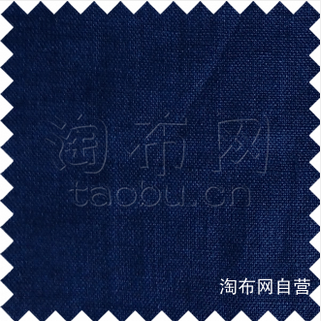
2 Sticky flax 15*15/56*56

3 sticky linen printing 15*15/54*52
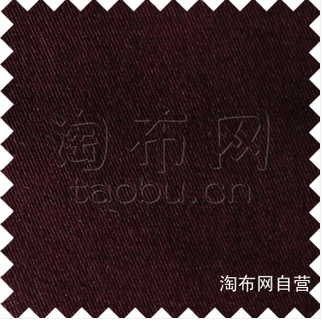
4 linen cotton 20*13/54*52
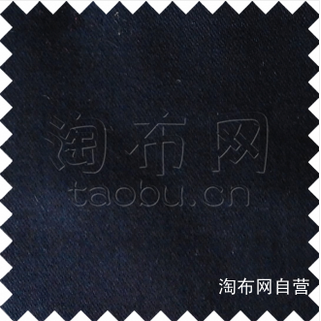
5 linen cotton 15*15/54*52
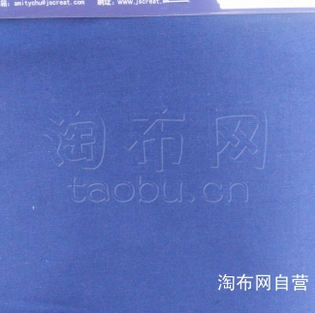
6 flax linen 21*14/60*50
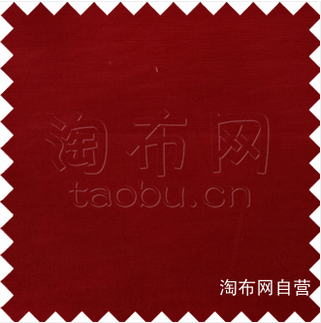
There are other varieties and specifications of linen cloth net cloth, welcome to pick it.
For more content, please follow this site
SHAOXING TUNING INTERNATIONAL TRADING CORP. , https://www.tuningtex.com
